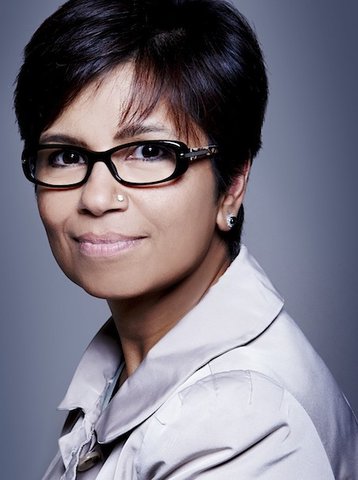Last week a surge of tabloid news stories erupted over plans for a meeting at the Royal Society in London, to discuss the possibility of a network “capacity crunch”.
The Daily Mail shrieked: “The web could reach its limit in just eight years and use all of Britain’s power supply by 2035, warn scientists,” and went on to quote Professor Andrew Ellis, an expert in optical communications at Aston University, who organized the meeting. Other stories were even more excitable, predicting that existing cables would reach the limit of their capacity to carry data and the Internet would have to be rationed by the end of the decade.
The meeting on Monday was less apocalyptic. Professor Ellis pointed out that at some point fiber optic cables will not be able to support any more different distinguishable wavelengths, marking a finite limit to how much data one cable can carry. Professor Andrew Lord of BT responded saying: ”I don’t see a crisis in the internet - I don’t see a crunch coming.” Data can be cached closer to the users, he said: “Content delivery people are very creative and can find different ways around a problem.”
Other observers made detailed rebuttals of the idea of a capacity crunch. Tanuja Randery, President of UK & Ireland at Schneider Electric sent us the following contribution:
Internet rationing would be counterproductive
Internet rationing is not only unnecessary, but it would be counterproductive to the economy, innovation and growth. The Internet underpins our smart cities, smart devices and connected society. It is the increasing need for real time content that has driven up the demand on the UK’s Internet infrastructure.
IDC estimates the volume of digital content last year grew to 2.7 zettabytes (ZB), up 48 percent from 2011. Handling that kind of growth is only going to increase the demand for data centers and their associated energy costs. But, we are far from a capacity crunch. Smarter and more innovative technologies are being rolled out to increase the efficiency of our networks.
The threat of overloading the UK’s communications and power networks can be fought on both frontiers. This battle will be won by utilising new innovative technology to get more out of our existing infrastructure.”
There are multiple ways to respond to the increased demand for networking and power.
1. Each connected device or email relies on power fuelling our data centers. For example, each Google query emits 0.2 grams of CO2. The power usage effectiveness (PUE) of data centers plays a big part in the Internet’s CO2 footprint. Today, cooling innovations are driving down energy consumption in the data centre. The transition to greener buildings is growing – with data centers able to use free cooling to lower the PUE levels to 1.2.
For example, we’re working with data center providers to maintain a stable environment with indirect adiabatic cooling, dramatically reducing their infrastructure, operating and maintenance costs by eliminating power hungry mechanical cooling. Automation brings added efficiency by giving managers the ability to integrate, control and monitor various aspects of the facility including HVAC, security, lighting, fire and other systems in one centralized application.
Together, automation controls and variable frequency drives (VFD) provide a comprehensive method of controlling and adjusting different data centre functions, making energy efficiency a priority. In some test cases, results have documented as much as a 66% reduction in cooling energy.
2. The likes of Google and Facebook have been shifting away from building their own data centers in response to the increased demand for services like Apple TV and Xbox. Instead, they are placing servers with ISPs, which mean that the creation of global caches can deliver the same entertainment to each country or community, but using a fraction of the previous capacity - as the content is hosted locally.
3. Bandwidth constraints can be improved by addressing the sophistication of IP routers. The rise in connected devices is driving the number of unique IP addresses up from 2.5 billion in 2009 to an expected 30 billion by 2020. Ultimately, this means more traffic on the Internet. Getting traffic to the right place in the quickest amount of time will ultimately ease the load. The development of clever algorithmic approaches to how data travels across the Internet can reduce the total time required to send each packet across the internet and thus improves the available capacity.
4. The introduction of smarter energy management is helping to save wasted energy. Smart metering is making energy usage tangible allowing consumers to act on their consumption in the moment, controlling smart devices, lighting and heating or even switching off unnecessary appliances remotely. At Schneider our StruxureWare Energy Operation Portal is pushing data about consumption so everyone understands how energy is being used within the building. At the grid level, the UK is better managing its power by incorporating solar and wind into the smart grid to deliver more stable, sustainable energy across the network.
5. Rather than investing heavily in construction projects to lay new fibre, network operators should look at what they can get out of existing fibre from optical innovation. Infinera is reporting that the installation of new photonic integrated circuits (PICs) on fiber networks can save 31% in power and reduce bandwidth inefficiencies by 45% either on single-wavelength or superchannel transmission of 100G, 200G, or 400G in the metro.
This growing demand for energy generated by increased internet demand is something that must be addressed, but in a smart and efficient way that does not stifle our economy.

